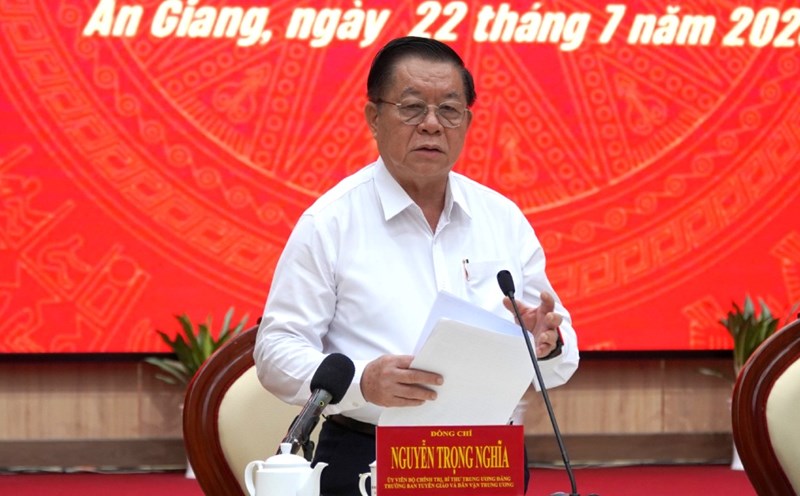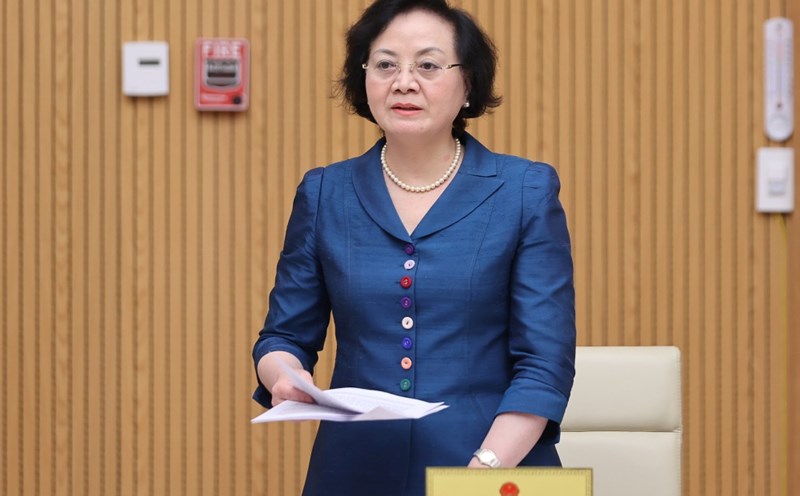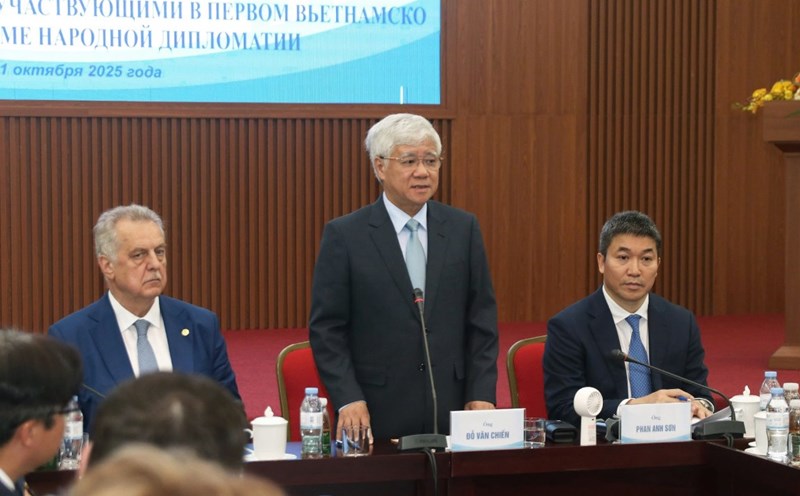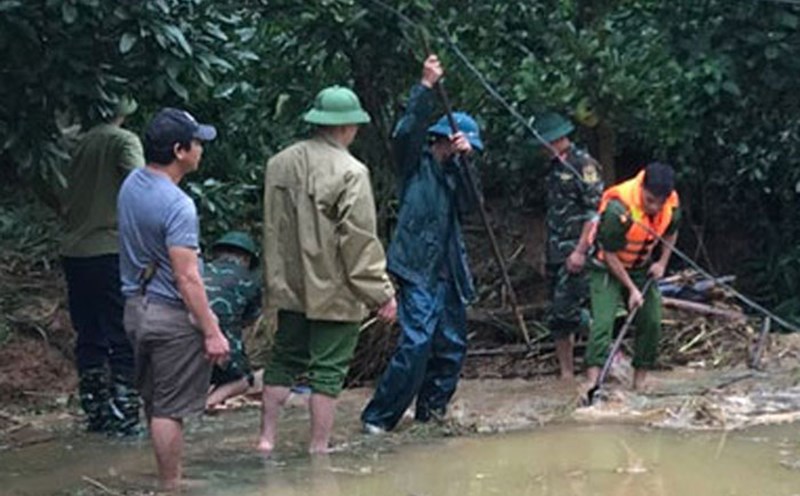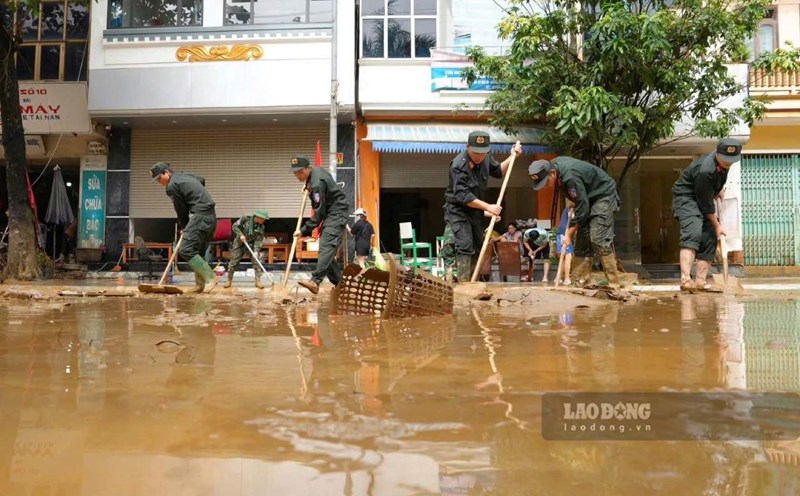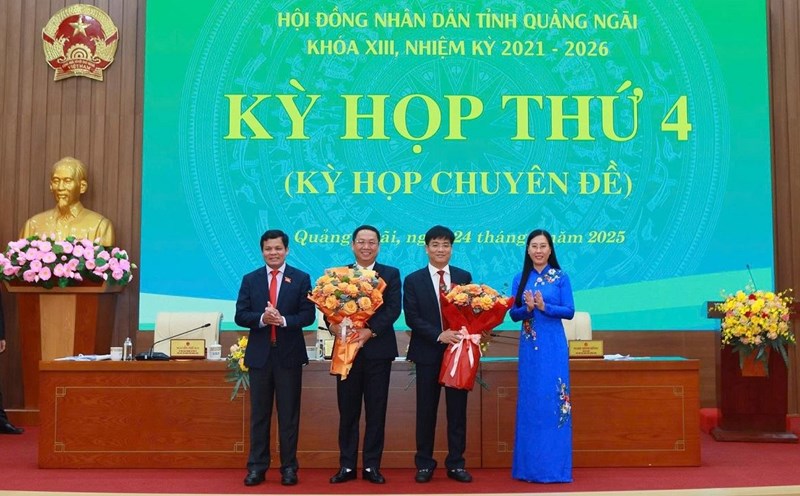According to the Political Report submitted to the 1st An Giang Provincial Party Congress, in the period of 2021 - 2025, An Giang province's economy has many positive changes, the average economic growth rate (GRDP) for 5 years reached 5.68%; the scale of the economy continues to expand, the economic structure shifts in the right direction.
GRDP per capita has increased steadily over the years, clearly reflecting efforts to improve people's lives and increase labor productivity. The average GRDP per capita in 2021 is 53.13 million VND, by 2025 it will be 83.19 million VND, the average growth rate for 5 years is 10.31%.
Total budget revenue has increased quite well, ensuring resources for investment, development and social security. The potential and advantages of the locality have been gradually promoted more effectively, especially in the fields of high-tech agriculture, processing industry, marine economy, tourism and border economy.
Agriculture, forestry and fishery continue to play a supporting role in the economy, focusing on improving productivity, quality, efficiency and competitiveness. The agricultural sector is restructured according to the advantages of each region, associated with food security and export.
The province's industry has achieved a fairly good growth rate, continuing to be one of the important driving forces for economic growth. The industrial structure has shifted positively towards increasing the proportion of processing and manufacturing; focusing on developing areas with high added value such as agricultural - aquatic product processing, food, footwear, garments and environmentally friendly construction materials. The industrial production value in the period of 2021 - 2025 is estimated at more than 476,800 billion VND, of which the processing and manufacturing industry continues to play a key role (accounting for about 96%).
Trade, services and tourism continue to grow positively, with an average growth rate in the period of 2021 - 2025, estimated at 9.39%/year. Key export items such as: rice, seafood, garments, leather shoes, processed agricultural products continue to hold on to the traditional market and gradually expand to potential markets, reflecting the increasingly expanding production capacity and integration into international markets.
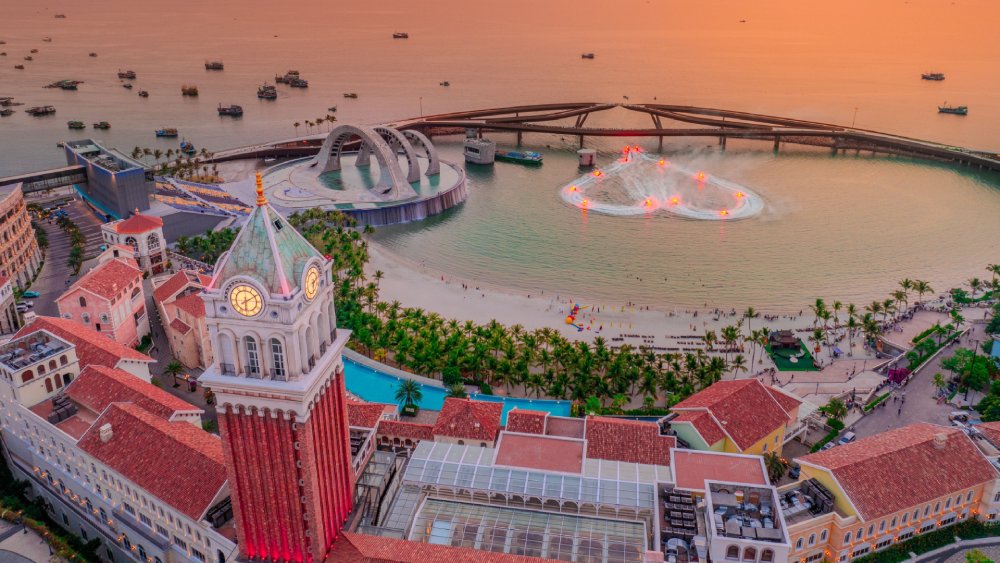
The total number of tourists in 5 years is estimated to welcome more than 80.8 million visitors, the total tourism revenue in 5 years is estimated at more than 142,800 billion VND, affirming the province's position on the national and regional tourism map.
The development of the marine economy and the border economy are identified as two strategic pillars and are focused on by the province in the period of 2021 - 2025. The marine economy has had many positive changes, especially in the fields of tourism - marine services, aquaculture and marine transportation; coastal infrastructure has been increasingly invested in synchronously, effectively connecting the mainland with the islands.
The border economy continues to be consolidated and expanded, focusing on investing in technical infrastructure at border gates, attracting non-budgetary projects, developing logistics services, cross-border trade and the residents' economy. The An Giang Border Gate Economic Zone was established as one of the new growth poles on the key economic corridor of the Mekong Delta, contributing to promoting regional linkages, expanding markets and ensuring national defense and security in border areas.
On the basis of the approved planning, the province focuses on mobilizing resources to invest in building infrastructure, especially transport infrastructure, dynamic cities, regional linkage corridors and areas with development potential. Initially forming an integrated development space for the sea - border - inland, with the "triangle of dynamic urban areas" Phu Quoc - Ha Tien - Rach Gia playing a leading role in promoting coastal growth and cross-border linkages.
Resource management and environmental protection are strengthened; proactively prevent and combat natural disasters, respond to climate change, coastal and riverbank landslides. Protect, develop, improve forest quality and increase forest coverage, especially maintain upstream forest coverage; protect nature reserves and biodiversity.



